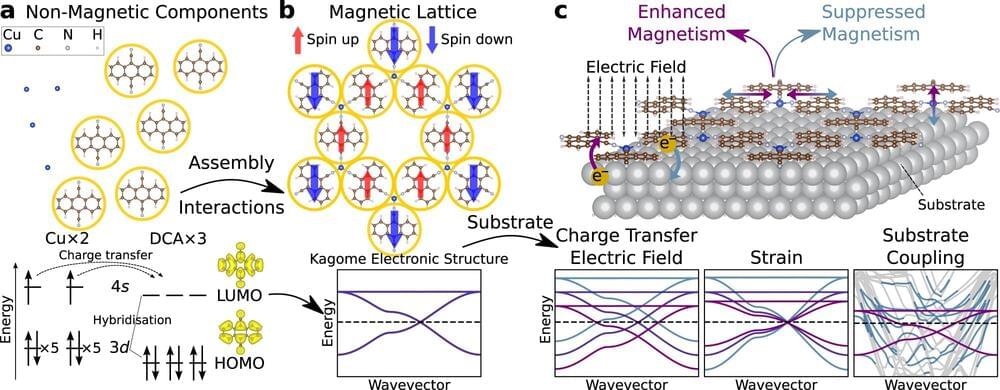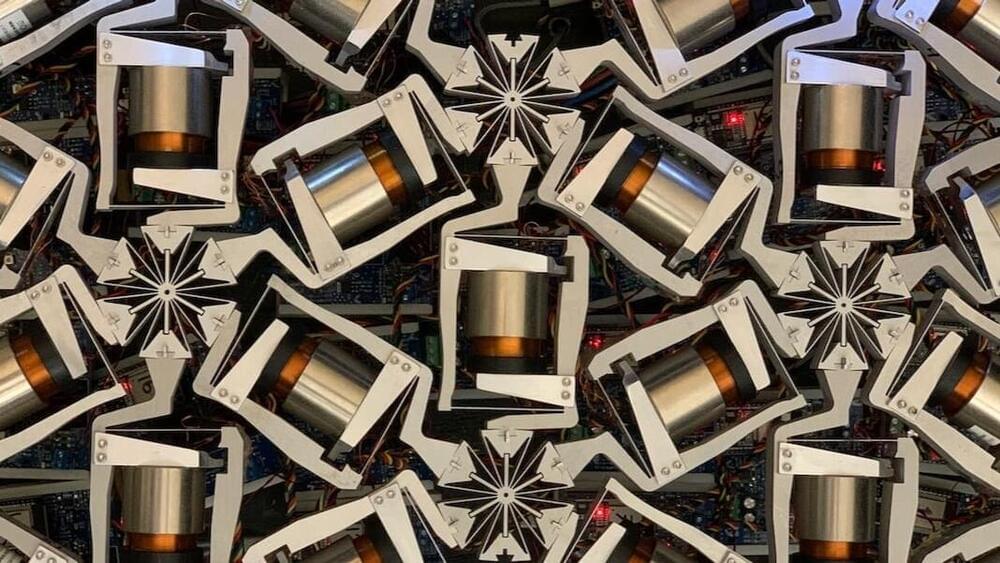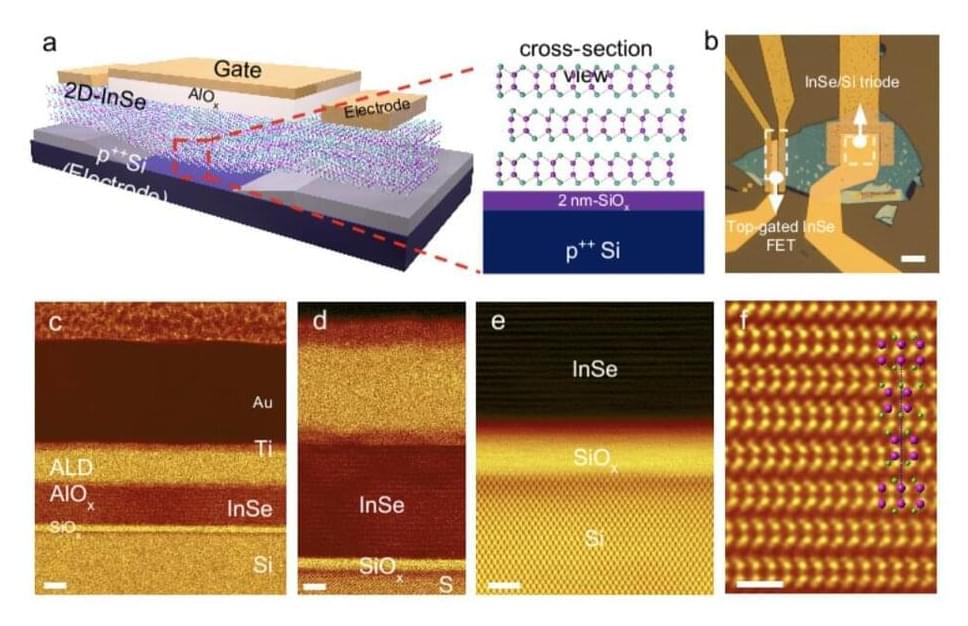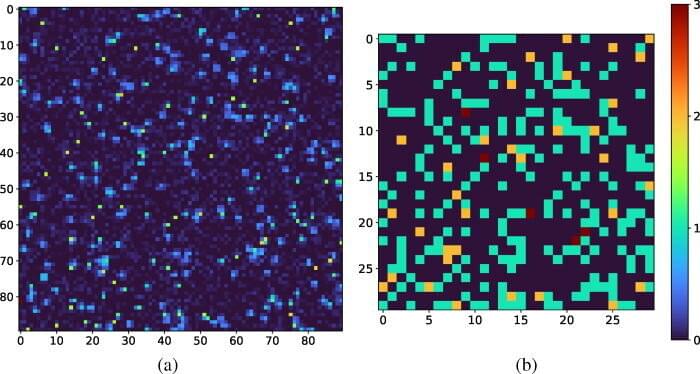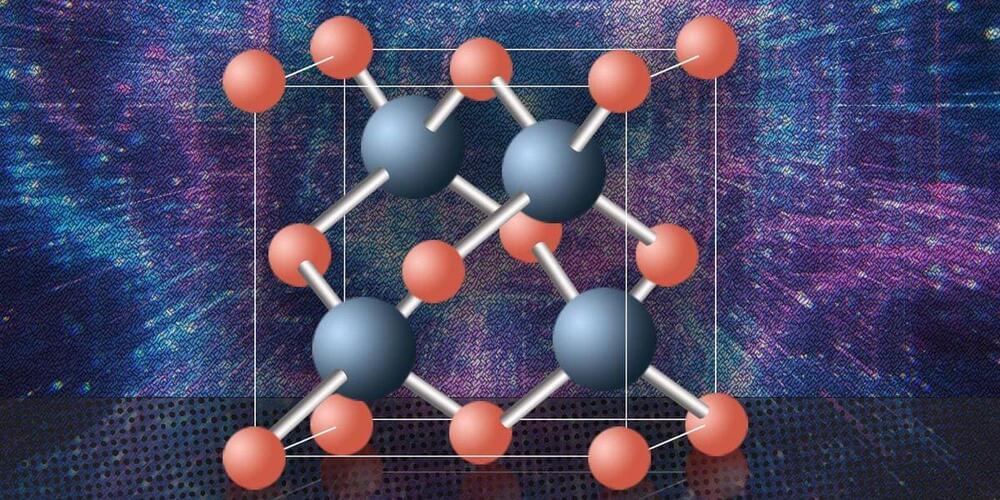Tohid Didar and Jeff Weitz had a solution, but they also had a problem.
Didar, an associate professor of engineering and Weitz, a hematologist, professor of medicine and executive director of the Thrombosis & Atherosclerosis Research Institute, had collaborated to create a novel and highly promising material to improve the success of vascular grafts, but they needed a better way to test how well it worked.
Their revolutionary idea was an engineered non-stick surface combined with biological components that can repel all but a targeted group of cells — those that form the natural lining of the body’s veins and arteries.

